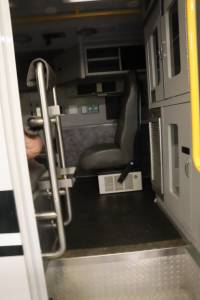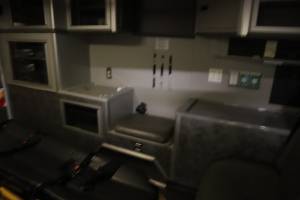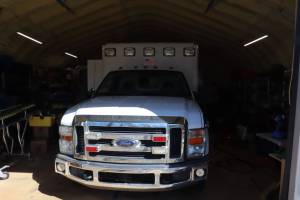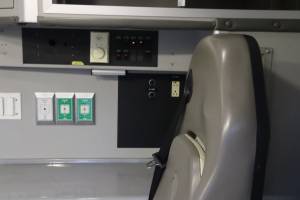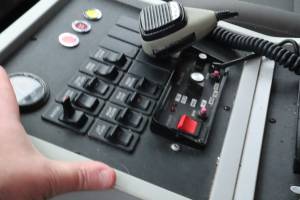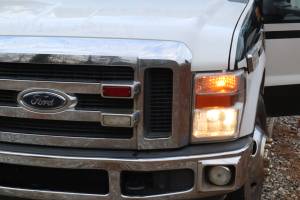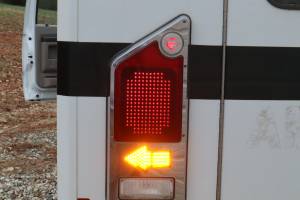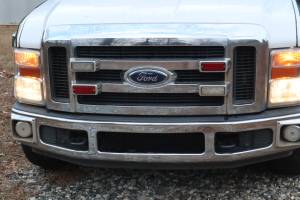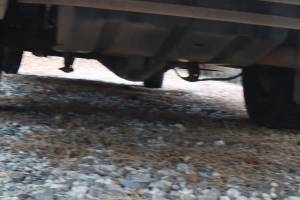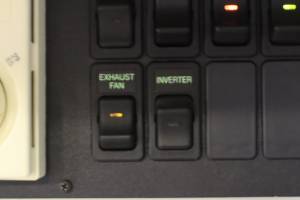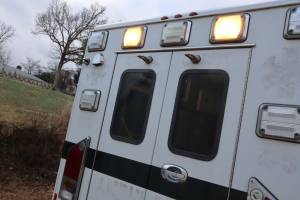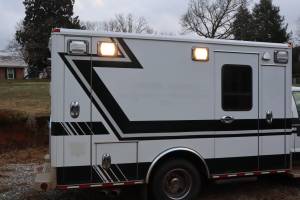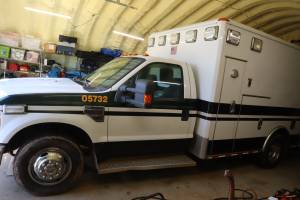Every Shift Starts With A Vehicle Inspection
Published (updated: ).
Ambulance and equipment readiness
It should go without saying that ambulances should be dependable and mechanically sound. Further, who would be willing to get into a dirty and sketchy looking ambulance during their time of need? Ambulance service employees be held accountable when their ambulance runs out of fuel or fails to notice a flat tire. All ambulance operations start with the ambulance.
All vehicles should have tire pressure checked regularly. Ideally, tire pressure would need to be checked on a daily basis, but ambulances typically have rear duallies (4 rear tires) making the inside of the rear wheels can be difficult to check. Fortunately, many vehicles (including ambulances) have low tire pressure sensors that can alert the medics when the tire pressure is low.
Ambulances are often ran for days a time. The following engine fluids should be checked every shift and topped off as necessary:
- Engine oil
- Coolant level
- Power steering fluid
- Brake fluid
Warning lights need to be checked at the beginning of each shift. Georgia law dictates that ambulances operating in emergency mode must have visual and audible warning systems working; anything less and the ambulance just violated lots and lots of driving laws. To check the lights and siren, simply start the engine, turn the emergency lights on, and walk around the ambulance to view them. The siren can be turned on briefly to ensure it is in working order.
Check the ambulance equipment
An equipment inventory list should be provided with the ambulance. The list stipulates what equipment is expected to be on the ambulance. Any shortcomings from the equipment inspection should be restocked before the ambulance can start it’s tour of duty. The list should include:
- Minimum equipment for medical care (that meets the Georgia State Office minimum equipment list
- Safety equipment – including PPE and reflective vests
- Ambulance service forms and stationary
- Maps
Make sure the equipment is secured properly
Ambulances have lots of equipment that can become missile (flying) when an accident occurs. In an accident, injury is often the result of flying equipment that strikes the patient or medic. For this reason, ambulances usually have cabinets to hold smaller items. Heavier items like oxygen tanks and cardiac monitors need to be secured to the ambulance. All heavy equipment not in a cabinet must be secured before the ambulance is dispatched to a call.
